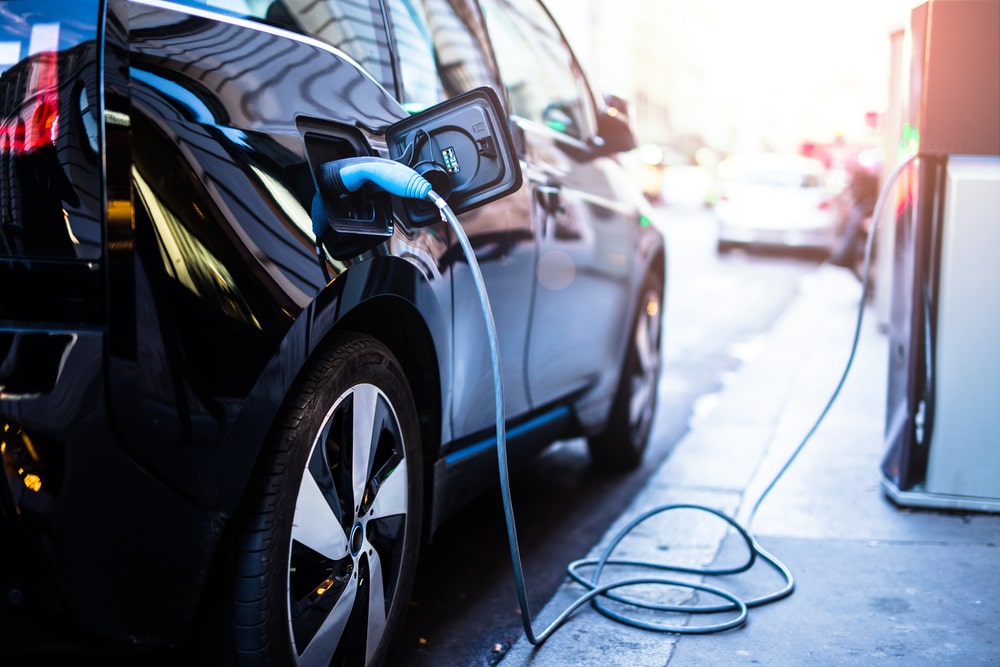What is a Hybrid Car?
Find out what hybrid cars are, how they work and the advantages of owning them with Savvy.
Author
Savvy Editorial TeamFact checked

As the world shifts towards more sustainable transportation options, hybrid cars have emerged as a popular choice among environmentally conscious drivers in Australia. These innovative vehicles combine the benefits of both traditional internal combustion engines and electric powertrains.
Delve into hybrid cars, how they work and the advantages and disadvantages of using one right here in Savvy’s handy guide.
What is a hybrid car?
A hybrid car, also known as a hybrid electric vehicle, is a type of vehicle which utilises two power sources to operate it: an internal combustion engine (ICE) and an electric motor.
Unlike conventional vehicles, hybrid cars possess an advanced drivetrain which can intelligently switch between the two power sources, maximising efficiency and reducing emissions. The main objective of hybrid technology is to combine the best aspects of petrol-powered vehicles with the environmental benefits of electric vehicles.
How do hybrid cars work?
Hybrid cars utilise advanced technologies to optimise fuel efficiency and reduce emissions. Here's a simplified breakdown of how they work:
- Electric motor assistance: during initial acceleration and low-speed driving, the electric motor provides power to the wheels, drawing energy from the battery pack. This significantly reduces the strain on the petrol engine, leading to lower fuel consumption.
- Regenerative braking: when the driver applies the brakes, the electric motor reverses its role and acts as a generator, converting kinetic energy into electrical energy to recharge the battery. This regenerative braking process enhances overall efficiency by recapturing energy that would otherwise be wasted as heat.
- Engine shutdown: at certain times, such as during idling or coasting, the petrol engine may shut down automatically to save fuel. The electric motor takes over to maintain essential systems like air conditioning and power steering.
- Seamless transitions: the hybrid's sophisticated control system continuously monitors driving conditions and seamlessly switches between the petrol engine and electric motor to achieve optimal efficiency. This process ensures the vehicle always operates in the most energy-efficient manner.
What types of hybrid car are available in Australia?
In Australia, there are two main types of hybrid car: a non-plug-in hybrid electric vehicle (HEV) and a plug-in hybrid electric vehicle (PHEV). The biggest difference between the two is that, as the name suggests, while HEVs don’t need to be plugged into an outlet to be charged, PHEVs do.
As mentioned above, HEVs charge their batteries with the electricity generated by driving the car and utilise electric power only when driving at low speeds.
On the other hand, PHEVs can travel further than HEVs on electric power only because they’re recharged via a power socket. However, you can still refuel at a petrol station to ensure the engine is topped up.
How much do hybrid cars cost to buy?
The cost of buying a car, either an HEV or PHEV, will depend on many factors, such as where you live, who you buy it from and the condition of the car. As of 2023, they’re mostly more expensive than petrol-only vehicles but can serve as a cheaper alternative to fully electric vehicles.
It’s important to note that several state and territory governments across Australia offer incentives for hybrid car purchases, such as discounts on vehicle registration and stamp duty. However, more expensive hybrids may be subject to the Luxury Car Tax, which sits at 33% for fuel-efficient cars above $89,332 (correct as of the 2023-24 financial year).
Additionally, if you’re using a loan to buy your car, some lenders may offer a green car loan if you’re buying a hybrid vehicle. These can come with discounts on interest rates and fees in return for the purchase of an environmentally friendly car.
The pros and cons of hybrid cars
PROS
Reduced emissions
By relying partially on electric power, hybrid cars produce fewer greenhouse gas emissions, contributing to cleaner air and reduced environmental impact.
Improved fuel efficiency
Hybrid cars consume less fuel compared to conventional vehicles, resulting in reduced spending on petrol and decreased dependence on fossil fuels.
Financial incentives
The Australian Government offers various financial incentives, such as reduced registration and stamp duty costs, to promote the adoption of hybrid and electric vehicles.
Lower running costs
With improved fuel efficiency and regenerative braking, hybrid cars generally have lower maintenance and running costs, saving drivers money over time.
CONS
Higher initial cost
Hybrid cars often have a higher upfront purchase price compared to conventional petrol vehicles, which can be a deterrent for budget-conscious buyers.
Limited electric range
Non-plug-in hybrids have a limited electric-only driving range, relying mostly on the petrol engine for longer journeys.
Battery recycling and disposal
Hybrid cars use batteries which contain materials that require specialised recycling methods and may pose environmental challenges if not handled properly.









